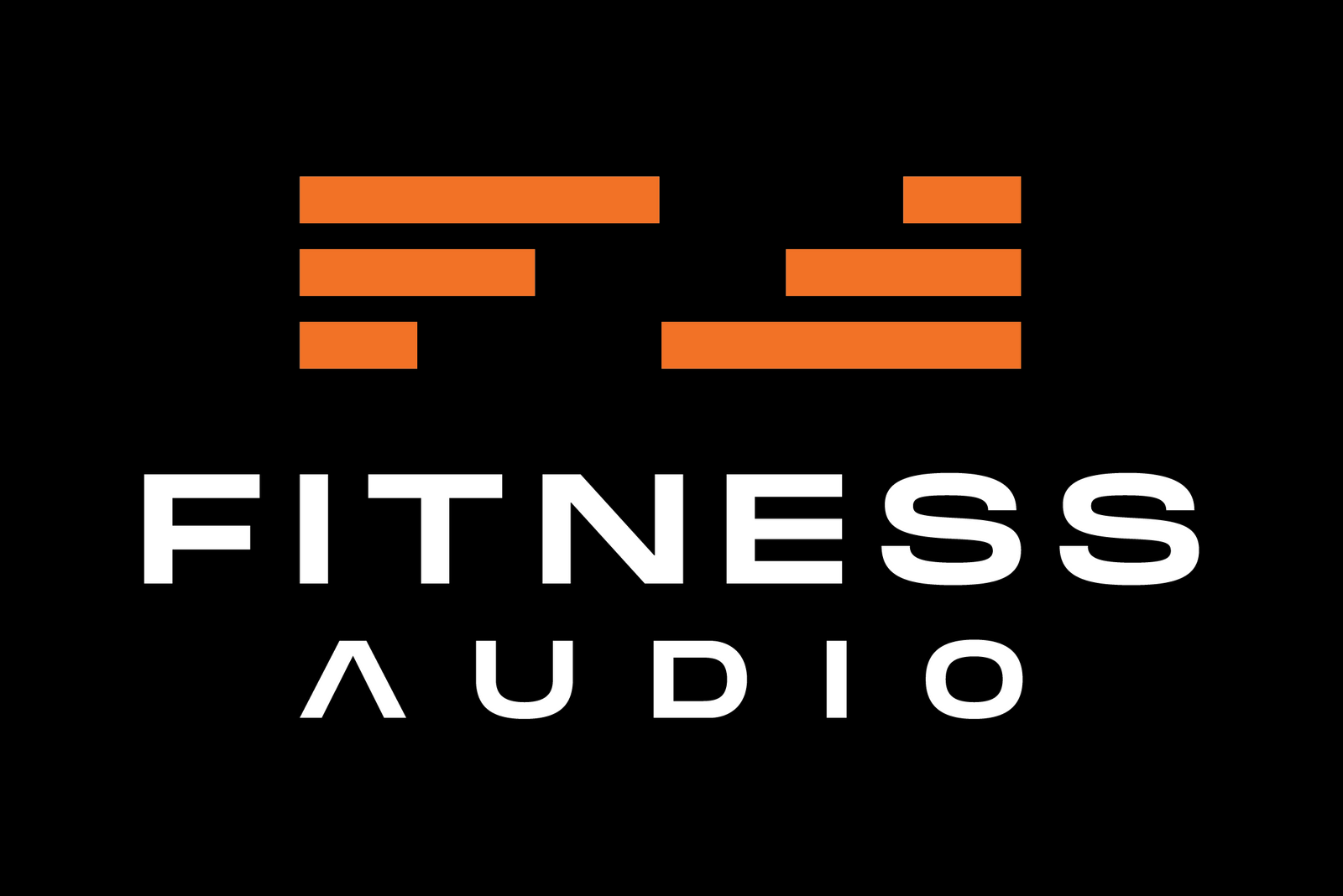
Prolong the life of your fitness headset microphone and avoid "the crackles" by keeping both the headset connector plug and the bodypack transmitter connector jack clean and protected.
Sweat is a natural part of exercise and letting it remain in your connectors causes corrosion that will eventually lead to crackling, then connection failure. Proper storage of your headset mic and transmitter will also extend its lifespan.
TIP 1: Clean and Protect
Use DeOxit cleaner and eGloop corrosion protector on both connectors at least twice a month. Simply spray DeOxit into the connectors and gently tap out or swab out the debris it loosens.
After the connectors are clean, dab a bit of eGloop marine-grade protectant gel into the connectors. eGloop will coat the prongs and holes, making both sides of the connection as sweat resistant as possible.
TIP 2: Let your headset mic dry out between uses
Whenever your microphone is not in use, store it someplace safe with plenty of air circulation to promote drying. Having a hook near or inside your sound system rack makes hanging up to dry easy.
If you’re an individual Fitness Instructor and your headset mic travels with you, a great way to protect it and let it dry is storing it in a microphone case or a Tupperware-type container with holes punched in the lid for ventilation.
TIP 3: Don’t Do!
One of the worst ways to store your headset mic is by wrapping/winding its cable around the bodypack transmitter and putting both pieces in an unventilated drawer. Not only does this not let the headset dry as effectively as hanging or storing in a ventilated space, you’ll also decrease the life of your headset mic’s cable by winding it around the transmitter. Repeated wrapping/winding will put kinks in the cable which will eventually cause shorts in it.
If you absolutely must use a drawer: gently loop the cable, making the loops as large as possible - and be careful not to close the drawer on the cable. We’ve repaired many headset cables that have been damaged by having a drawer closed on them.
TIP 4: Back things up
Having a backup for critical equipment is one of the best ways to assure ‘the class will go on’ with little or no stress. We always recommend having a backup headset mic. A backup belt-pack transmitter is a good idea too, though most technical issues usually happen in the headset mic first. Even an inexpensive headset will do – as long as it has the proper connector type for your transmitter.
A backup headset ensures you will have a working mic – and save your voice - while your main headset is repaired or replaced.
For any additional question on fitness mics and gym audio, get in touch with Fitness Audio today!







